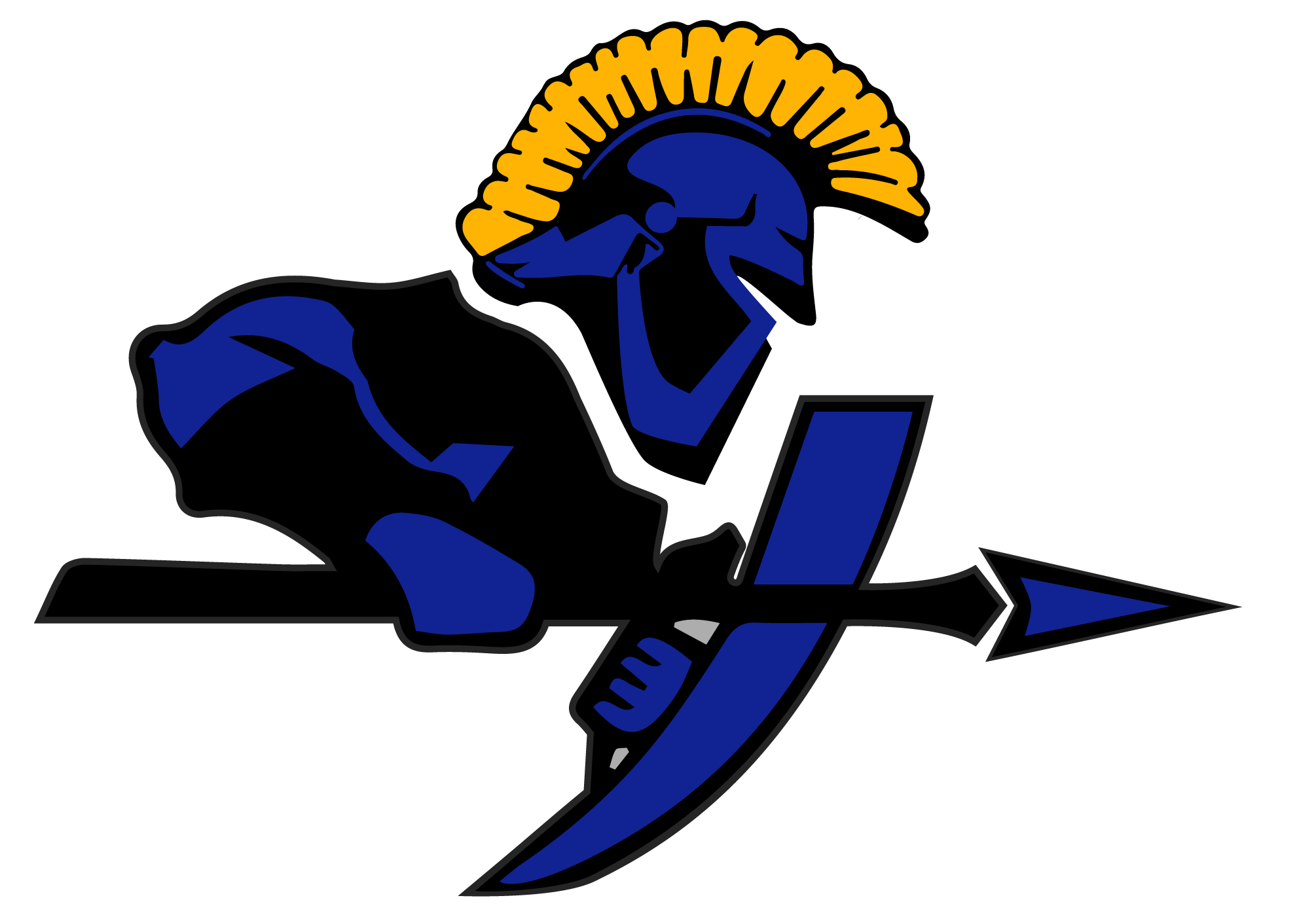Louis Braille was born on January 4, 1809 and this year we celebrate his 205th birthday! Born in Coupvray, France, Louis became blind at the age of 3 while playing with tools in his father’s shop. When he was 10, he was sent to the school for the blind in Paris, but there were very few books available at that time for people who were blind. Inspired by a system of tactile writing created by French army captain, Charles Barbier, Louis Braille spent two years trying to simplify and perfect the code. When he was 15, the new code was ready, and was easier to learn and quicker to read.
It took many years before the Braille code was adopted widely. The first book in braille was published in 1827 and in 1878, the World Congress for the Blind voted to make Braille the system of reading and writing for people worldwide who are blind. There ensued a War of the Dots and it was not until 1932 that Standard English Braille was established for all English-speaking countries.
Many people still wonder is Braille is still relevant in a high tech world and the answer is yes.
A most helpful response is to ask if sighted children should still learn to read print even though audio books are now available. What would a parent or administrator think if it were suggested that we could get rid of pencils and pens, now that computers and digital devices are so readily available.
We at Ash Fork Schools, partner with a school, ASDB, in Tucson Arizona. ASDB assists Arizona with their Itinerant Program. The program identifies the student needs, evaluation of educational progress, specialized instruction and related services, specialized equipment and materials, implementation of accommodations and modifications in the general education program. Itinerant Services serves over 1100 students.
They also have an Early Learning Program (ELP). Which are services to families with deaf or hard of hearing and blind or visually impaired infants and toddlers since 1973 and now includes a statewide preschool programs. Teachers are certified teachers of the deaf and the blind and work in collaboration with the Arizona Early Intervention Program and regional Early Intervention Teams.
There are a number of websites, as well as activities, to introduce children who are sighted to the basics of the braille code.
- Braille Bug (APH) or www.apa.org
- Braille Chart for Sighted Classmates Learning Braille Visually (Jessica McDowell, TVI) or www.pathtoliteracy.org
- Fun Sheets (Professional Development and Research Institute on Blindness) or www.pdrib.com/pages/lowvision
Ash Fork Joint Unified School District is looking for any students who might have difficulties resulting from a disability who might need special education services in order to succeed in school. Please contact the Ash Fork School Special Education Department at 637-2561 ex. 4 for an appointment to have his/her progress checked. Free special education services are available to eligible students.

